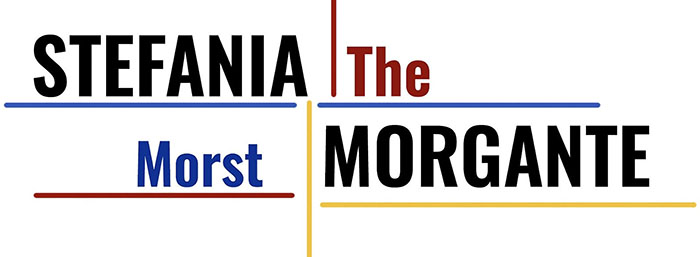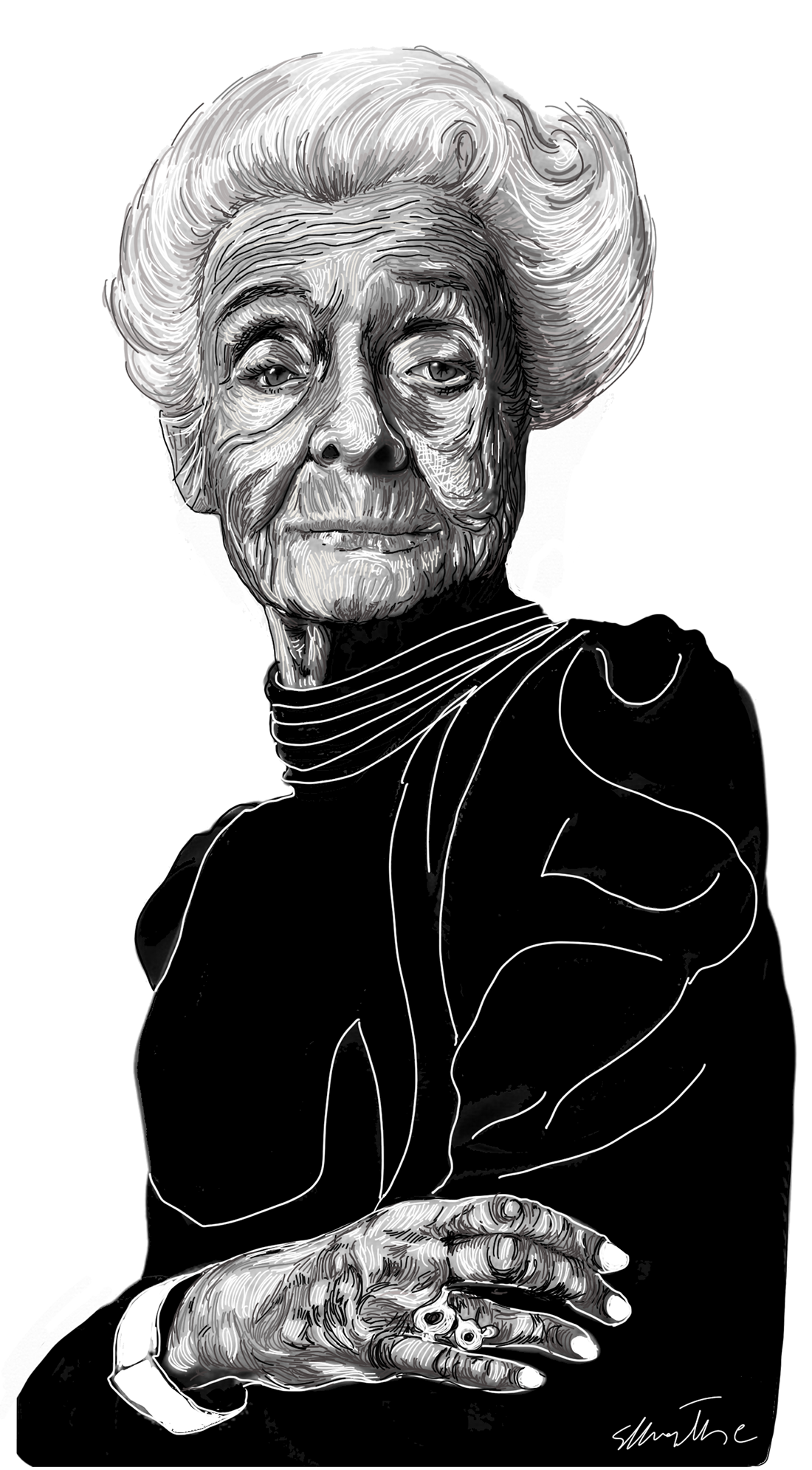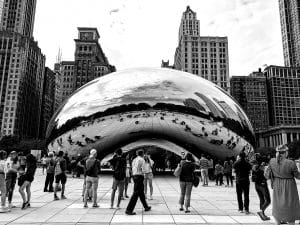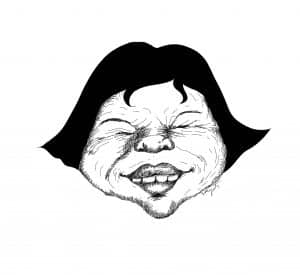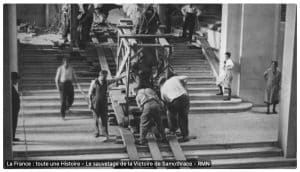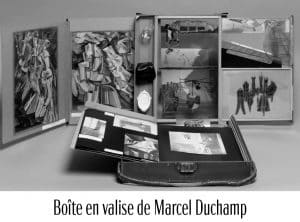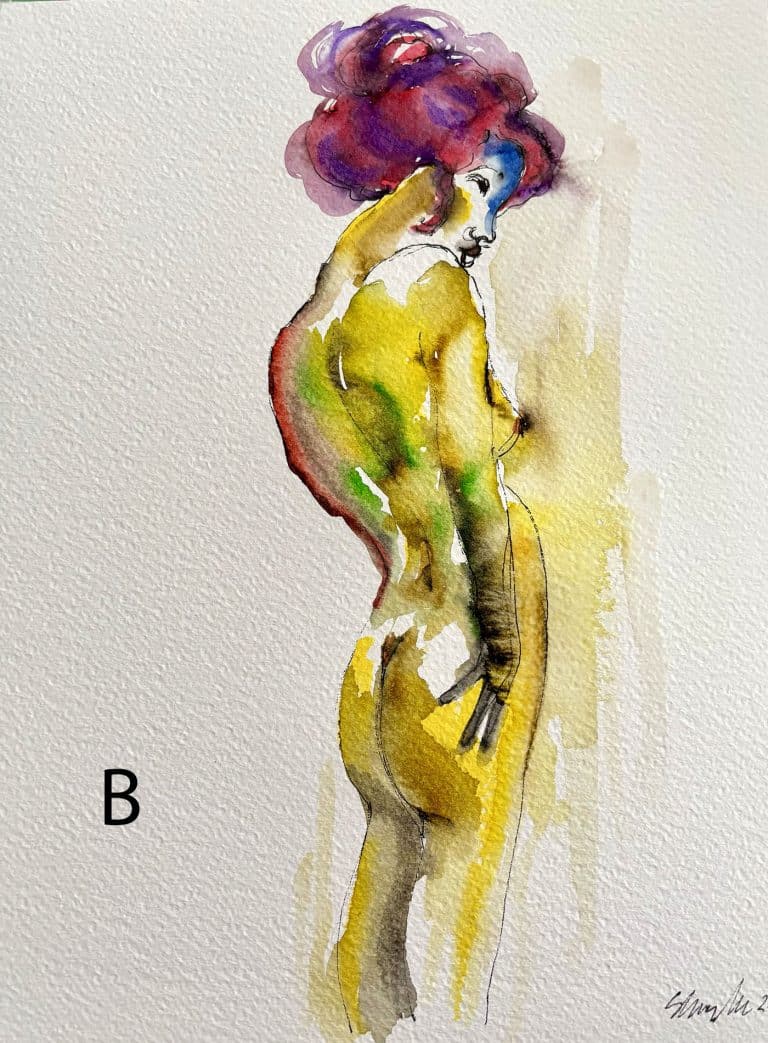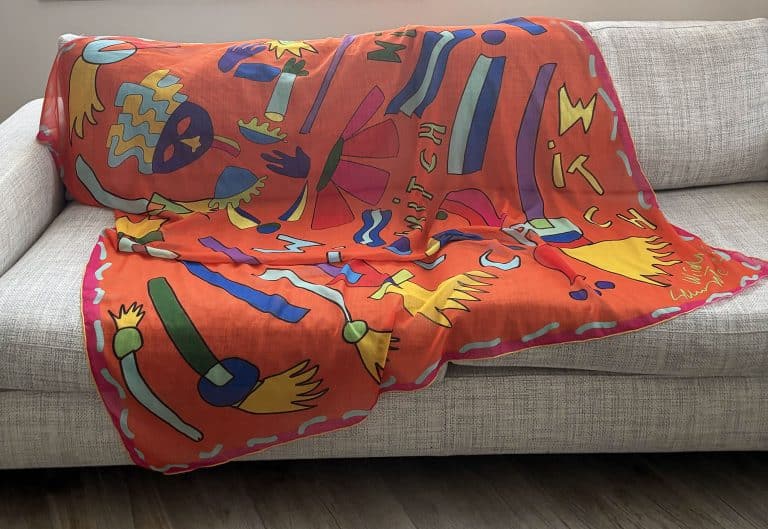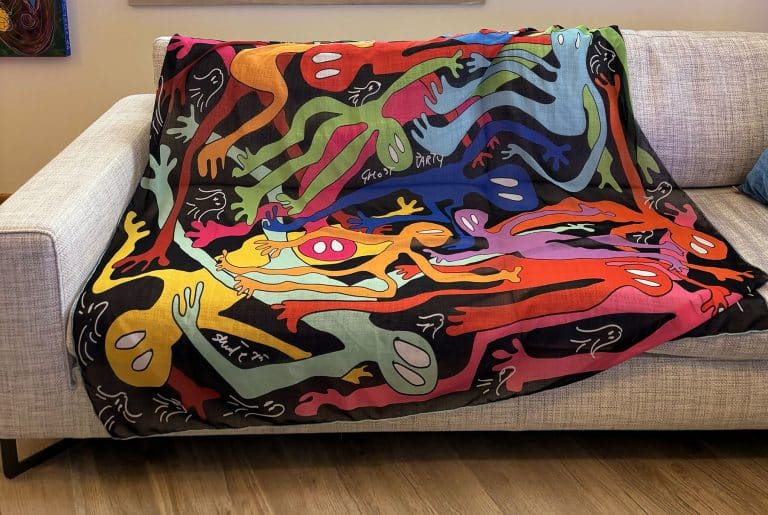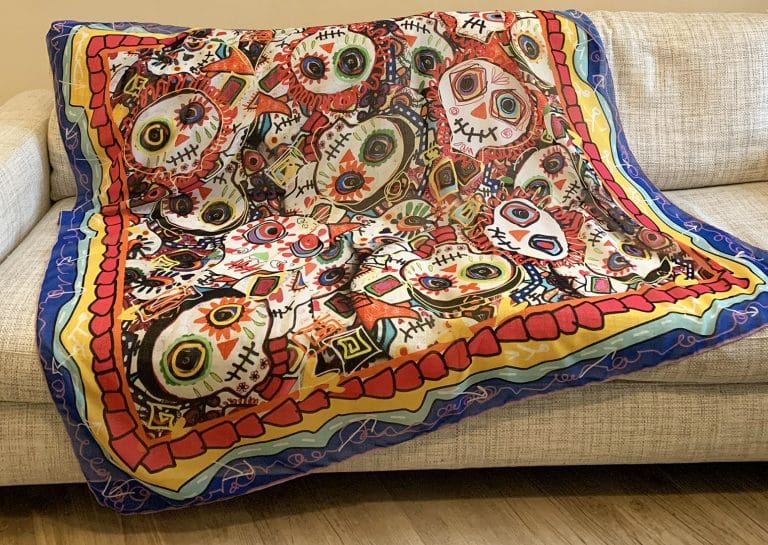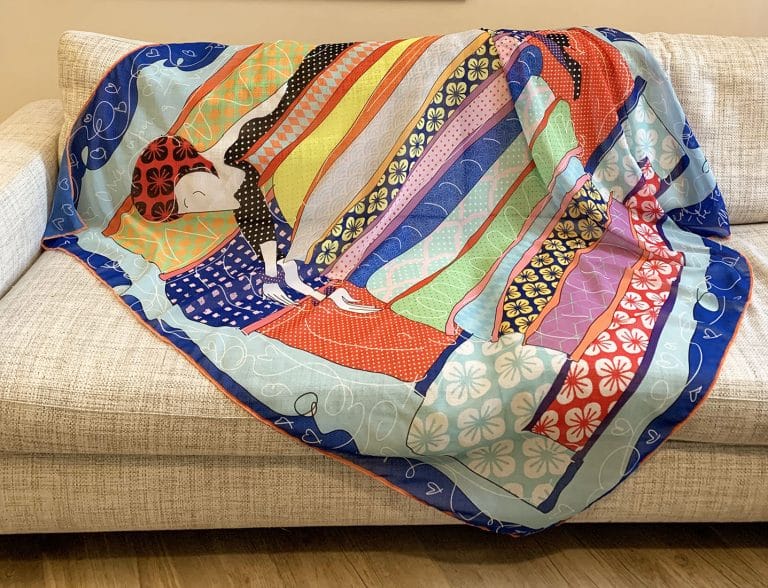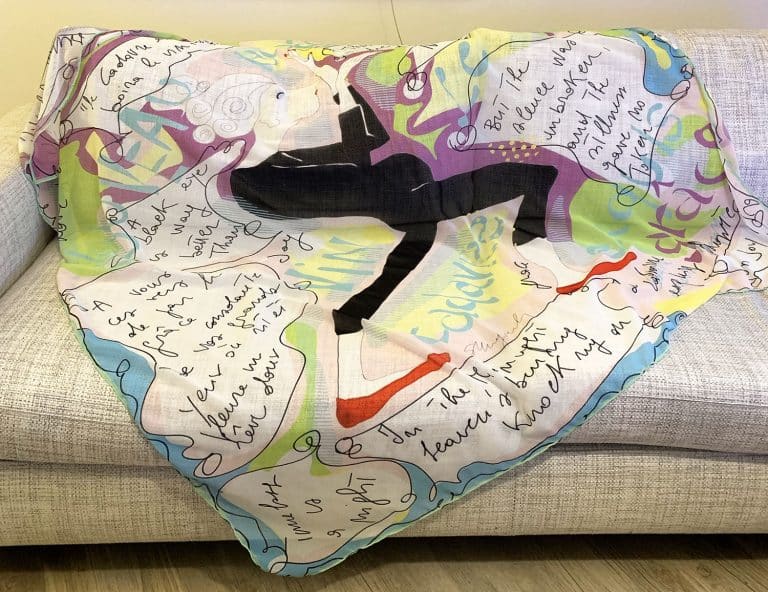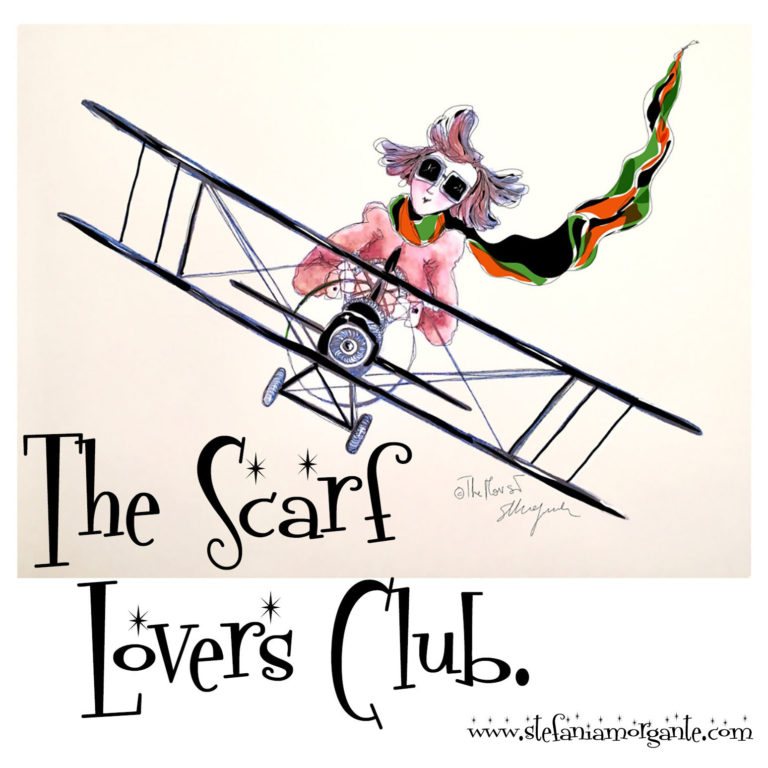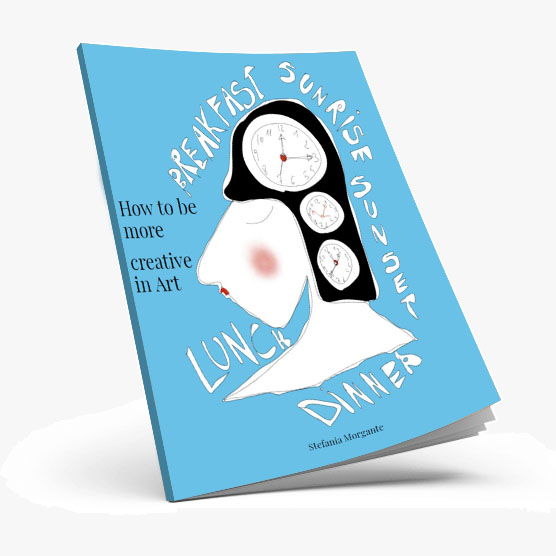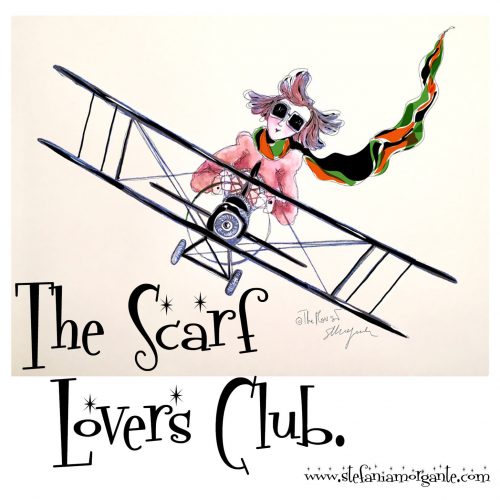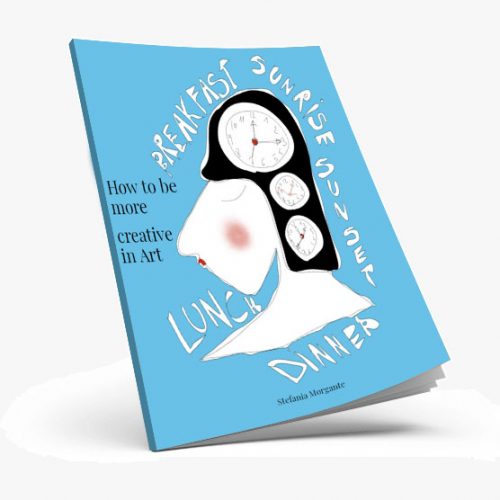Longevity comes through art and creation.
There are muscles that we stop exercising at some point in life. Not only that, even doctors forget to remind us of their importance, giving space only to physical appearance and being healthy.
All very important, but muscles are not only those related to our bodies.
There are other muscles, the creative ones, that we put aside because it seems too late now to train them.
The muscles of creativity should not only be about art and the ability to create something artistic, but also as we saw in a previous post, the ability to make new connections.
Putting together seemingly discordant thoughts or situations offer excellent channels of openness to the new that train our minds and make us younger.
Being with others, listening to opposing thoughts, moving a other cultures-all are important at any age, without taking for granted the idea that at some point we get older and do nothing more to arrest physical and mental decline.
The Western population is inevitably aging because fewer and fewer children are being born, and it will be inevitable to revise one’s living standards.
Old age can no longer be a decadent period of life, years without purpose outside of work and social life.
Creativity therefore can and should be a very important social boost in a society that is changing very fast.
Art and creative thinking are potentially needed to defeat negative beliefs and stereotypes related to aging.
Mind you, as we age, we can lose cognitive functions due to degenerative diseases. But creativity in such cases is always present. It changes, but only certain aspects of creativity are impaired. Remaining creative abilities can be used in dementia care.
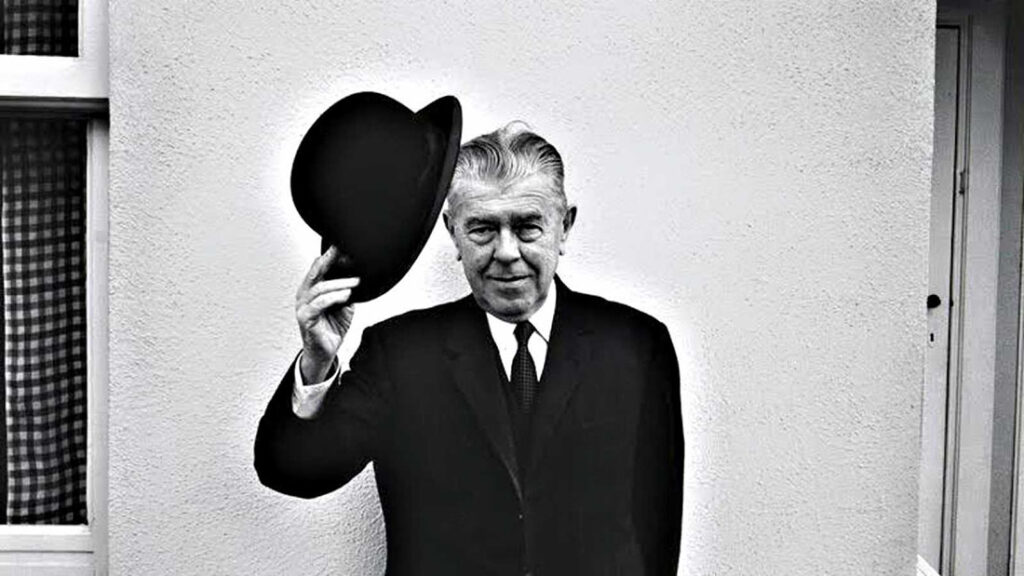
What is today’s society’s perception of the elderly? Because this is also a myth that needs to be dispelled, that of the elderly producing less than the young.
And therefore are less creative as a result they have to leave room for the young and resign themselves to waiting for death.
It would suffice to search our past for artists and scientists who produced works of art and made scientific discoveries when they were well into old age.
Giuseppe Verdi staged Falstaff at 80, Michelangelo worked on the Pietà Rondanini at 89.
Eugène Chevreul founded a new discipline, gerontology at 90 and published his last book at 102. Monet paints despite severe vision problems at 85. Iris Apfel is in the midst of glamorous activity at 102; Rita Levi Montalcini did research until she was 100.
Old age is not unfertile. In old age, if anything, one can integrate different skills and make connections that do not yet exist in a young person. As a young person, in fact, a speculative approach and intensive mental efforts are required.
But in an old man there is experience and thus the ability to reinvent oneself, and greater risks can be taken. It is more about know-how than physical strength.
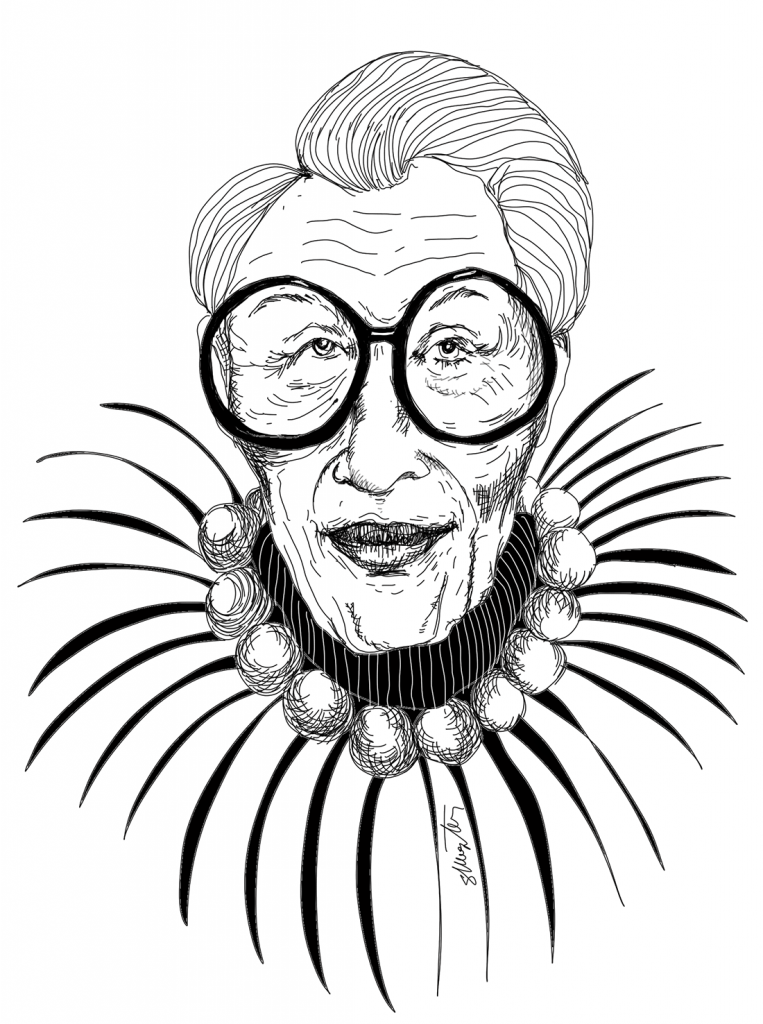
As Annamaria Testa says in a very interesting article, “…as the average life span grows longer, the real challenge is not so much to get old…but to grow old while remaining vibrant in mind and productive. To prepare for a good, creative and fertile old age, one must start young. But how do you do that?“
Here is the gymnastics of creative muscles: the brain adapts, develops, learns. It develops strategies, makes connections, searches and find memories from the past that it reprocesses. Studying helps this gymnastics, as does continuing to give oneself goals.
The creative achievements of an older person will be different from those of a younger person, so there is room for everyone at any age.
Rather than pitting young and old against each other, a generational pact should be made that enhances everyone’s specificities.
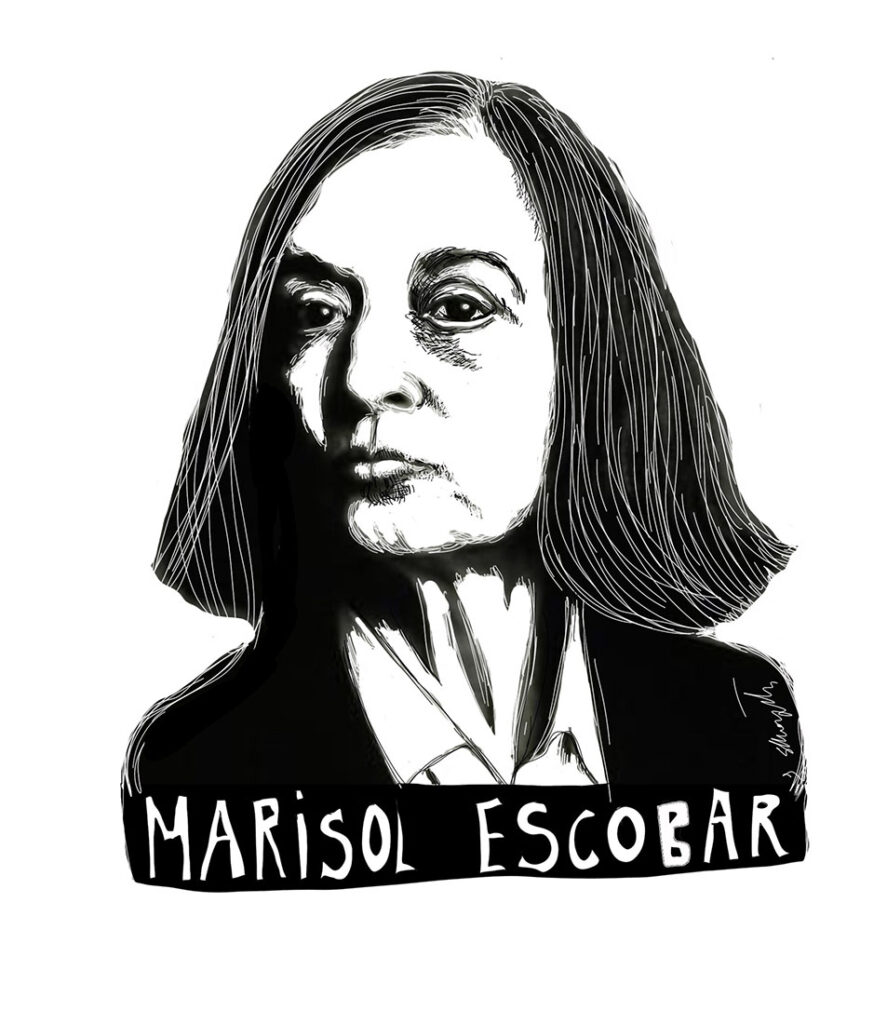
In this blog I often talk about creativity related to art, which is my work.
And about creativity and old age, there is a topic often left aside in pursuit of the myth of youth and the precocious, brilliant artist.
But there are artists who find their way after years, when by then they should declare the end of all endeavors.
Gauguin found his way relatively late, Cezanne in his fifties.
There is no one road that identifies age-related creativity. There are those who need to do research, those who try many roads before finding their own.
It is not a matter of becoming famous in the eyes of others. But the point is that everyone processes in his or her own way all the disciplines the experiences the jobs the encounters the travels the paths taken at different times in life.
That is what the muscles of creativity are for: to train us to enrich our lives and not to decree their end.
It is possible to do this every single day of our lives.
Because while it is true that we need to train the physique to stay healthy, it is also true that a healthy physique does not have much life if the brain stays still. Indeed there is a close correlation between a trained mind and an unhealthy physique.
Perhaps all that is old is the conception of a society divided between creative young people and uncreative old people.
The alternative ways are there: solving everyday problems, planning something enjoyable, having curiosity about the world. If you were little when you were young or distracted, then if you are over sixty years old, start!
Perhaps you have a masterpiece in mind or an outstanding idea in mind or you might discover the cure of the century.
After all, as the poet Alda Merini says, “There are adolescences that are triggered at ninety.“
The training starts now, get moving!
If you want to read the Italian version, click HERE
